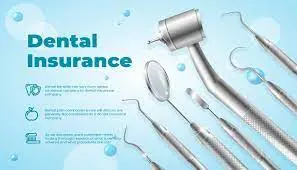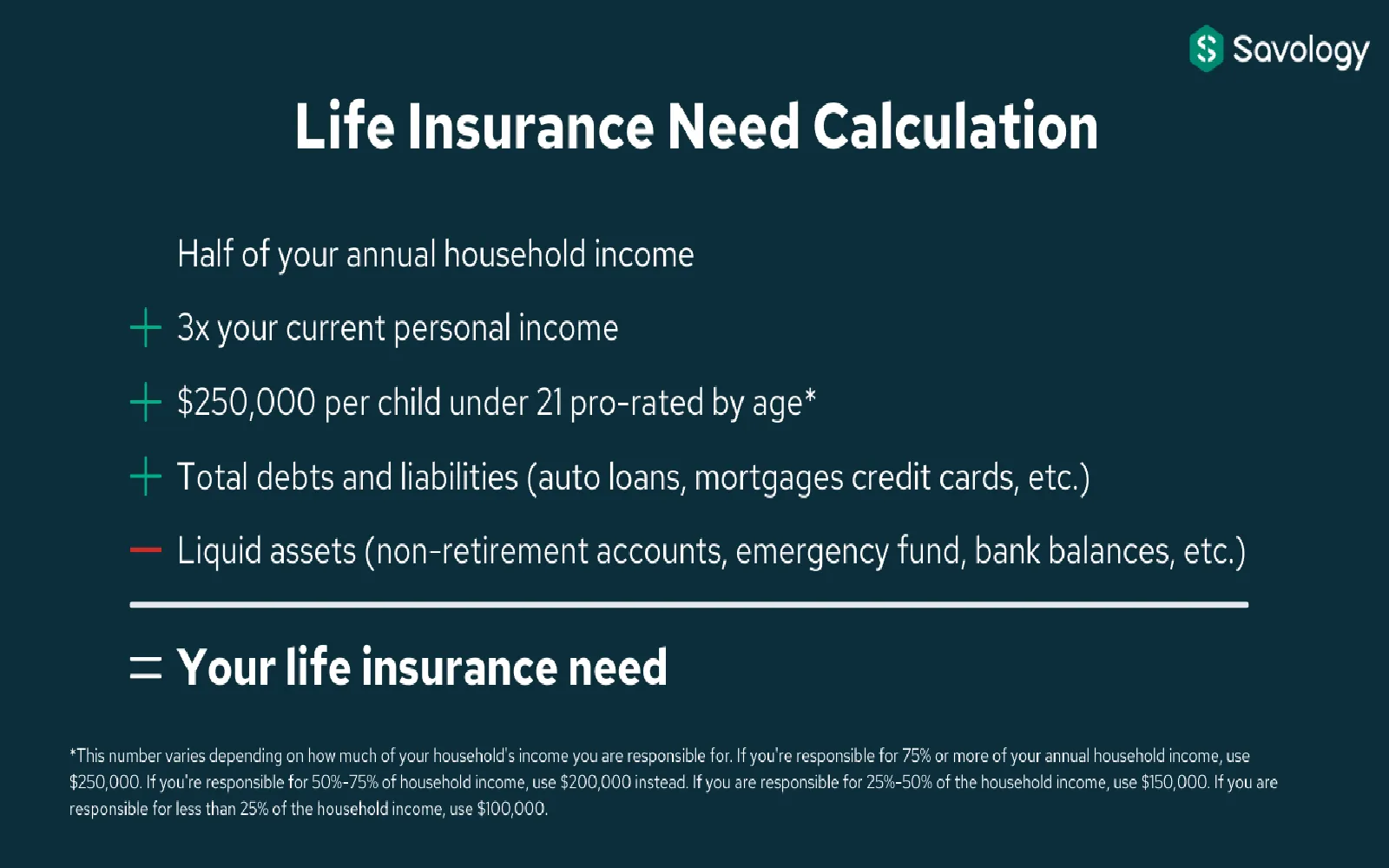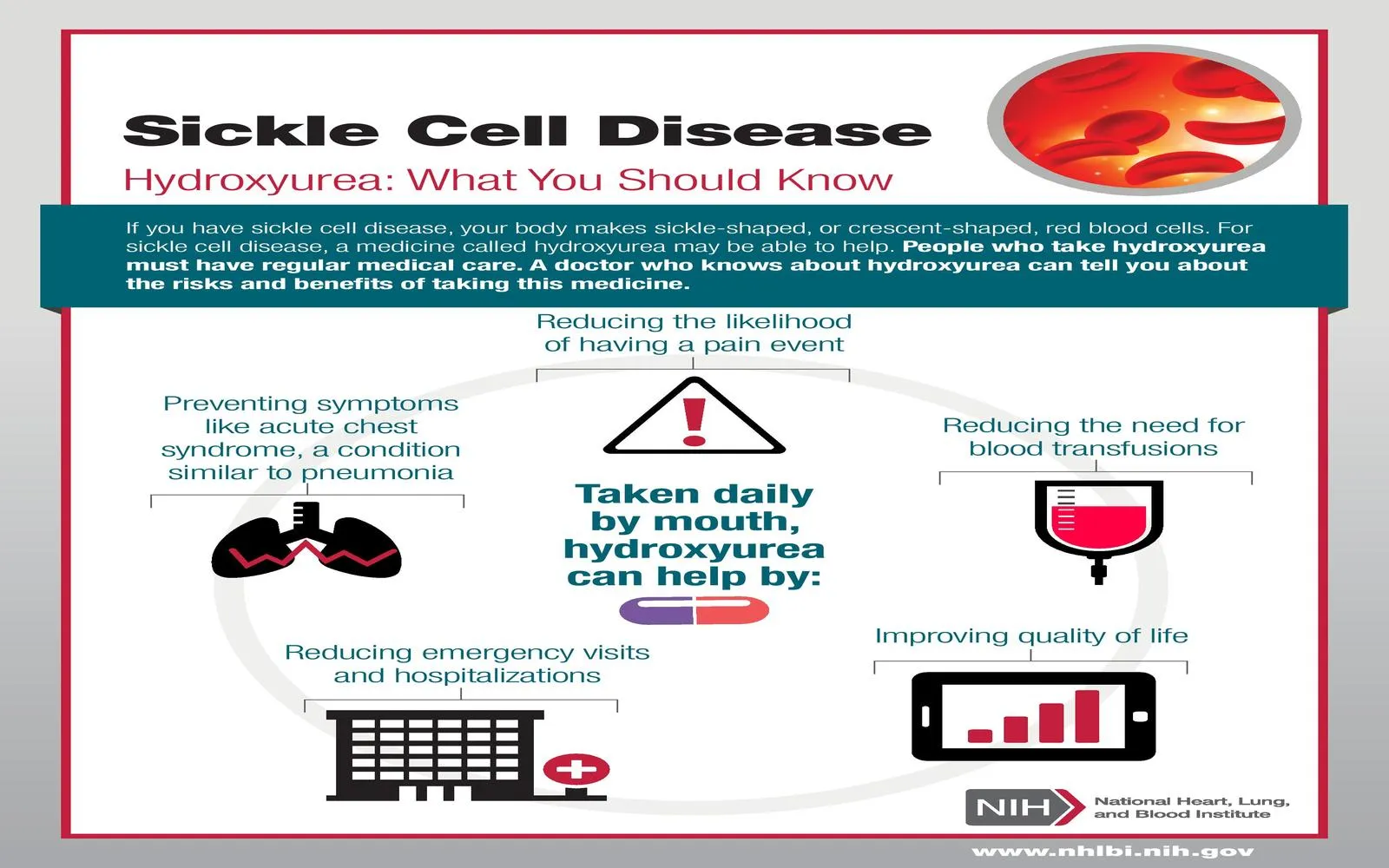What is Dental Insurance?
Dental insurance is a type of health insurance designed to cover some or all of the costs associated with dental care. Most plans offer coverage for preventive services, such as regular check-ups and cleanings, as well as basic and major procedures, which may include fillings, crowns, and, in some cases, dental implants. Understanding the specifics of your dental insurance can help you make informed decisions about your oral health care.
Types of Dental Insurance Plans
There are several types of dental insurance plans available, each with its own features and benefits. Here are the most common types:
- Preferred Provider Organization (PPO): Offers flexibility in choosing dentists and usually covers a larger percentage of costs when using in-network providers.
- Health Maintenance Organization (HMO): Requires members to choose a primary dentist and get referrals for specialized care but often has lower premiums.
- Indemnity Plans: Allow members to choose any dentist and typically reimburse a percentage of the cost for services after the deductible is met.
- Discount Dental Plans: Not insurance, but offer discounts on dental services for a monthly fee, which can be beneficial for individuals without coverage.
Understanding Coverage for Dental Implants
Dental implants are a popular solution for replacing missing teeth, but they can be expensive. Coverage for implants varies significantly across different dental insurance plans. Here’s what you need to know:
Chart: Typical Coverage for Dental Implants
| Insurance Plan Type | Coverage Percentage | Annual Maximum |
|---|---|---|
| PPO | 50% - 80% | $1,000 - $2,000 |
| HMO | 10% - 50% | $1,000 - $1,500 |
| Indemnity | 50% - 70% | $1,500 - $2,500 |
| Discount Dental Plans | Varies (10% - 60% off) | No maximum |
Factors Influencing Implant Coverage
When considering dental insurance for implant coverage, several factors can influence your benefits:
- Waiting Periods: Many plans impose waiting periods before covering major services like implants, which can range from 6 months to 2 years.
- Pre-existing Conditions: Some plans may not cover implants if the tooth loss occurred before acquiring the policy.
- Coverage Limits: Annual maximums can cap the amount of money your insurance will pay for dental care, which can be a significant consideration for costly procedures like implants.
How to Maximize Your Dental Insurance Benefits
To get the most out of your dental insurance plan, follow these tips:
- Understand Your Plan: Familiarize yourself with what your plan covers, including preventive, basic, and major services.
- Choose In-Network Providers: Opt for dentists who are in your plan’s network to minimize out-of-pocket expenses.
- Schedule Regular Check-ups: Preventive care can help avoid more serious issues and expenses in the future.
- Plan Major Procedures Wisely: If you know you need implants, try to schedule them in a new policy year to maximize your annual benefits.
Alternatives to Dental Insurance for Implants
If your dental insurance does not cover implants or has limited benefits, consider these alternatives:
- Health Savings Accounts (HSAs): These accounts allow you to save money tax-free for medical expenses, including dental care.
- Flexible Spending Accounts (FSAs): Similar to HSAs, FSAs let you set aside pre-tax income for health expenses.
- Dental Savings Plans: These plans offer discounts on dental services for a monthly fee, making implants more affordable.
Conclusion
Understanding dental insurance for implant coverage is crucial for making informed decisions about your oral health. By knowing the types of plans available, the factors influencing coverage, and ways to maximize your benefits, you can navigate the complexities of dental insurance more effectively. Always consult your dental provider and insurance company to clarify coverage specifics and ensure you receive the best care possible.









